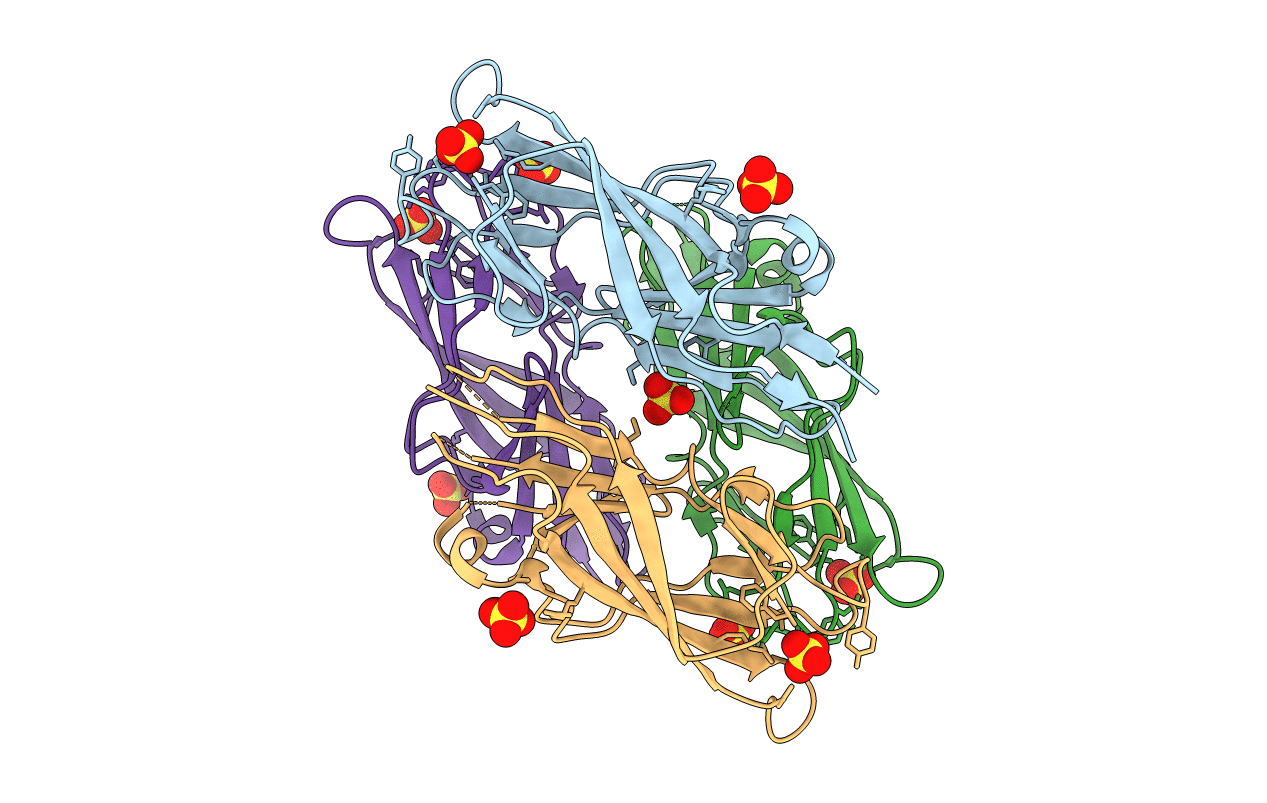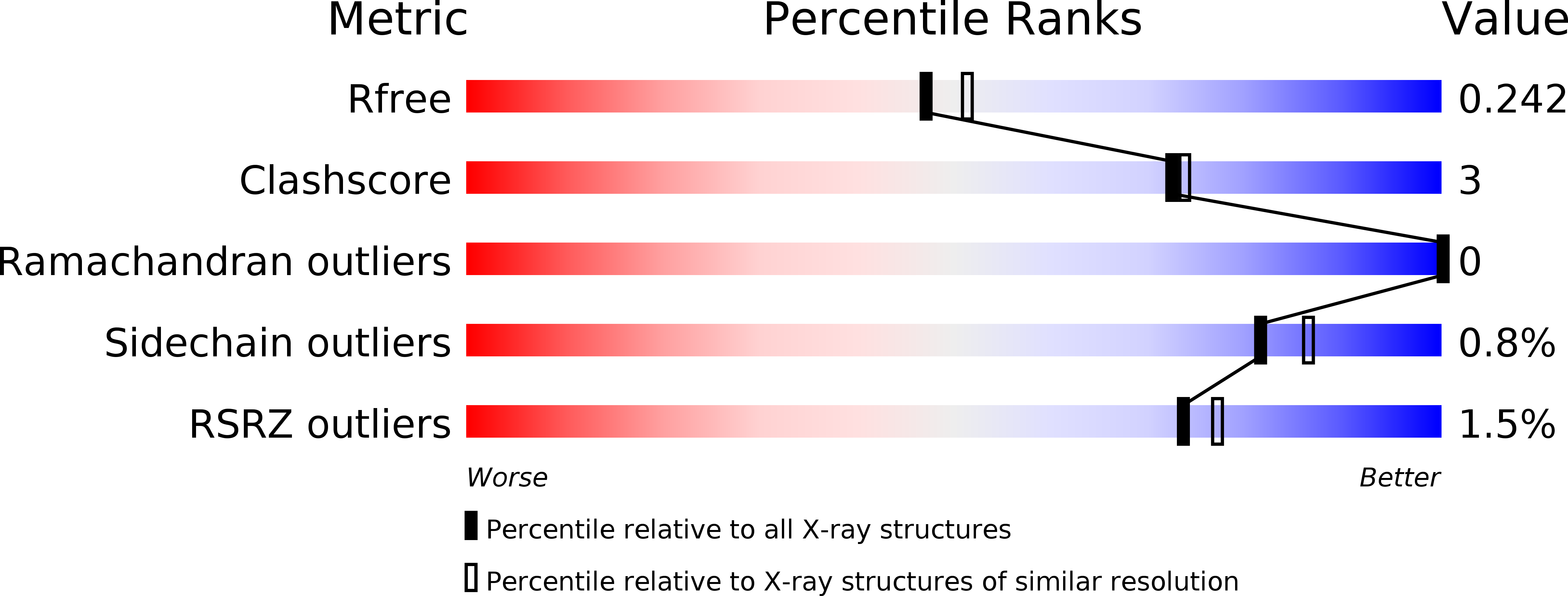
Deposition Date
2016-08-04
Release Date
2016-10-05
Last Version Date
2024-11-06
Method Details:
Experimental Method:
Resolution:
2.09 Å
R-Value Free:
0.23
R-Value Work:
0.19
R-Value Observed:
0.19
Space Group:
P 1


